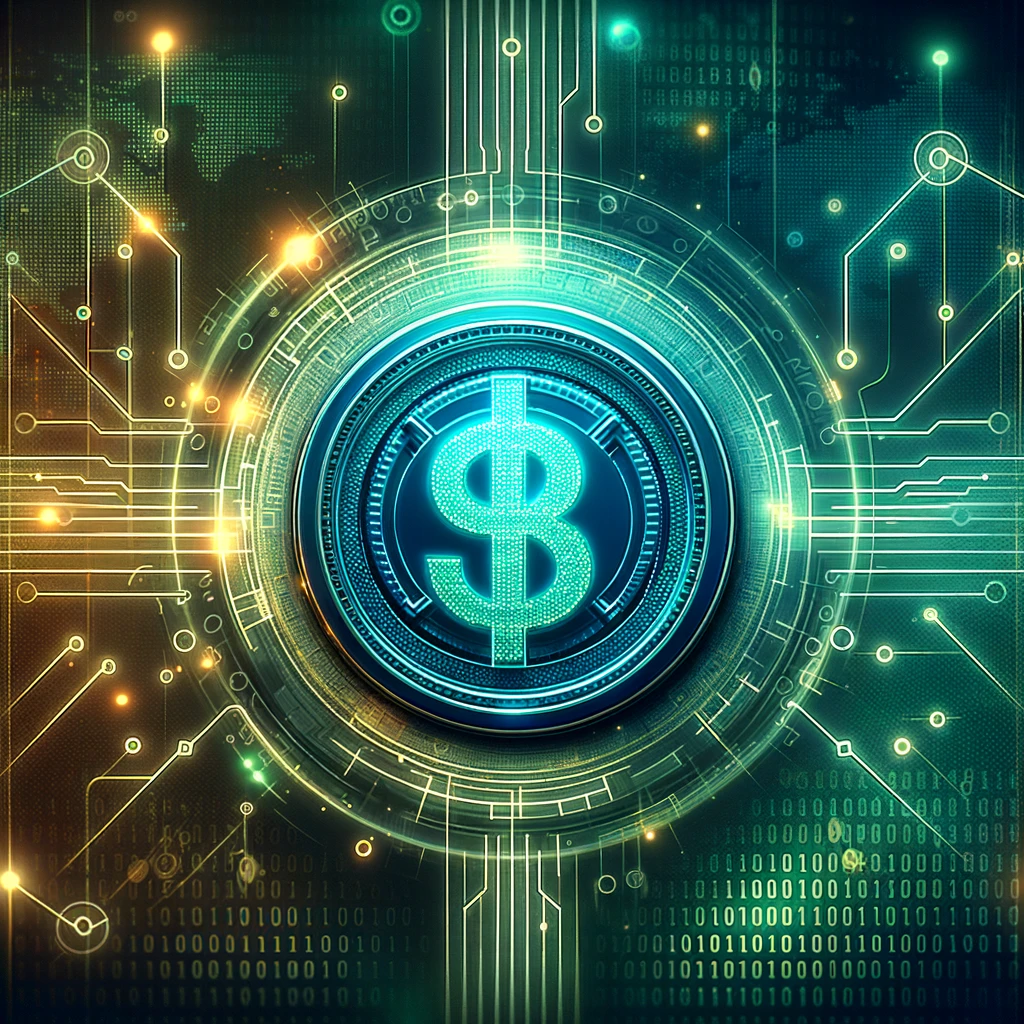The Celo Foundation recently announced that Circle’s USD Coin (USDC) will launch natively on the Celo blockchain. This move is expected to enhance the functionality of USDC and extend its convertibility into various fiat currencies. With a current market cap of $26.5 billion, USDC stands as the second-largest stablecoin in the market, following Tether’s lead with a $96.1 billion market cap.
Impact on Celo’s blockchain ecosystem
The integration of USDC into the Celo blockchain marks a pivotal step in Celo’s evolution from an Ethereum Virtual Machine (EVM)-compatible layer-1 chain to an Ethereum layer-2 protocol. This transition will see USDC join Celo’s native proof-of-stake governance token, CELO. The Celo community is gearing up to vote on a proposal that could potentially make USDC the primary gas currency for the ecosystem. Currently, Mento Lab issues multiple stablecoins on Celo, including cUSD, cEuro, cREAL, and eXOF, which are pegged to various global currencies.
Celo’s commitment to the regenerative finance movement, combined with its carbon-neutral and mobile-first approach, aligns well with the expanding scope of digital currencies. The blockchain’s focus on mobile technology is especially beneficial in emerging economies. This is exemplified by Opera’s MiniPay wallet launch on Celo, aimed at African mobile users. Circle’s partnership with Celo is anticipated to leverage Celo’s mobile-first user base in regions where blockchain adoption is rapidly growing.
Circle’s global expansion and regulatory challenges
Circle, the company behind USDC, has been actively pursuing global expansion. Recent developments include its conditional registration as a virtual assets service provider in France and a partnership with Japanese financial services firm SBI. Moreover, Circle’s collaboration with Visa, ongoing since 2020, has broadened to include USDC issued on Ethereum and Solana blockchains.
However, Circle has also faced scrutiny over alleged connections to money laundering activities, which the company has denied. Despite these challenges, Circle’s strides in expanding the reach and applications of USDC are noteworthy. The company reportedly filed for an initial public offering in the United States in mid-January, signaling its commitment to growth and transparency in the evolving landscape of digital finance.
This strategic integration of USDC onto the Celo blockchain not only broadens the utility and accessibility of the stablecoin but also reinforces the growing importance of blockchain technology in shaping the future of digital finance and currency convertibility on a global scale.




